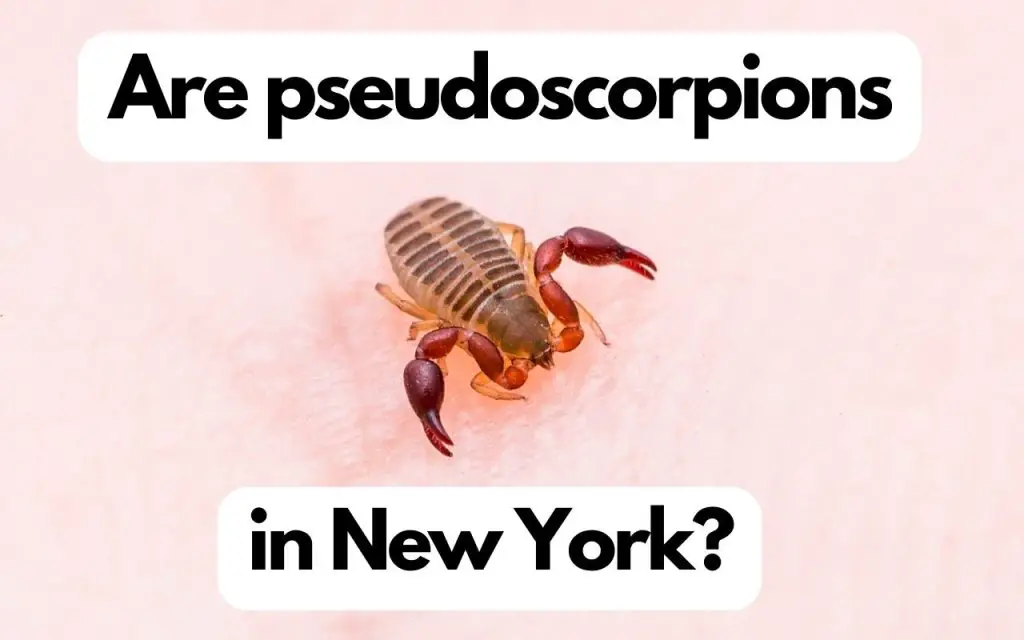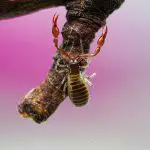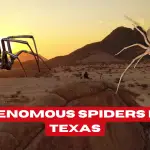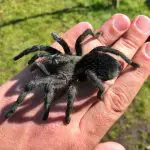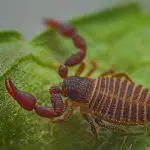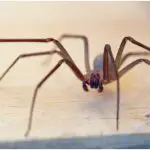As an avid arachnid enthusiast, I’ve spent countless hours observing and studying these fascinating creatures in their natural habitats. It’s quite intriguing to note the diversity of these creatures across various environments. Today, I’d like to delve into a peculiar question that I’ve often been asked, “Are there pseudoscorpions in New York?”
Are There Pseudoscorpions in New York City?
When one thinks of New York City, it’s usually the iconic skyline, the diverse cuisine, or the bustling streets that come to mind. But beneath this urban facade, there’s a world teeming with a different kind of life.
Yes, you read that correctly – pseudoscorpions do reside in New York City! These miniature arachnids favor less glamorous, hidden corners of the urban sprawl. Basements, storerooms, and even bookshelves can serve as homes to these intriguing critters.
Obviously if you’ve been to New England during the winter, you’ll probably be thinking that it’s simply too cold for such an exotic-looking arachnid.
Whilst it is true that these arachnids are most diverse in the tropics, they do tolerate cold quite well. They have a global distribution, and can even be found in parts of Canada and southern Alaska. It is thought that they exploit hiding places deep in the ground, or hidden corners of buildings to survive freezing conditions.
Some species will also hide in a silk cocoon, giving them additional protection from harsh winter conditions.
Are There Pseudoscorpions in New Jersey?
Now, let’s switch gears and look at New Jersey. You’ll be pleased (or perhaps surprised) to know that these miniature arachnids aren’t exclusive to the Big Apple. In New Jersey, just like in New York City, pseudoscorpions can be found in homes and gardens, quietly going about their business.
Overall, you can expect to find pseudoscorpions in even the most northerly states of the US. They live in all of New England, but they also live in Michigan, Minnesota, and even Alaska.
Where Are Pseudoscorpions Found?
You might be wondering, where else can these interesting creatures be found? Well, pseudoscorpions are more common than you might think! They can be found worldwide, in diverse habitats from the rainforests to the Arctic. In urban environments, they often reside in human dwellings.
Generally speaking, they do well indoors, and may enter homes when it starts to get cold outside as a way of seeking warmth.
Here’s a quick overview of their common habitats:
| Environment | Presence of Pseudoscorpions |
|---|---|
| Soil | Common |
| Leaf Litter | Common |
| Tree Bark | Common |
| Basements | Common in Urban Areas |
| High Altitudes | Rare |
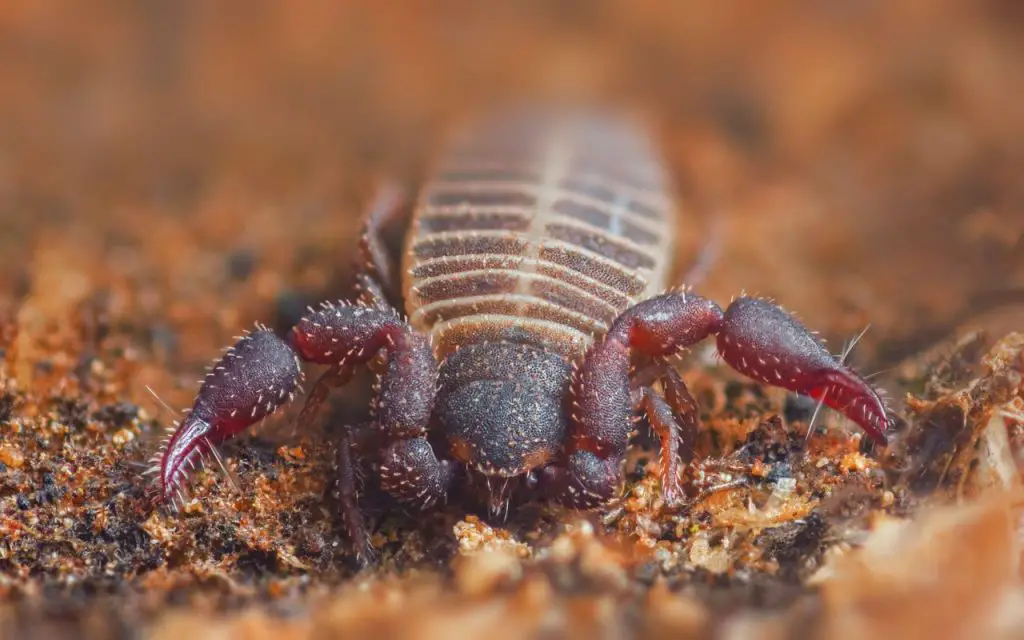
House Pseudoscorpion
The house pseudoscorpion (Chelifer cancroides) is the most commonly encountered species in our homes. Though they may look a little intimidating with their scorpion-like pincers, they are, in fact, beneficial house guests.
These helpful critters prey on various household pests like moth larvae, ants, and small flies. In fact, they’re so good at it that they now have a cosmopolitan distribution, literally living on most of the world’s land masses.
Pseudoscorpion Size
Despite their fierce appearance, pseudoscorpions are rather small in size. They typically measure between 2 to 8 millimeters in length. Their most distinctive feature, the front pincers, make them easily recognizable, despite their small stature.
The main thing limiting their size is what ecologists call their niche. The pseudoscorpion niche is that of a hunter of tiny prey. If they were any bigger, they’d have to adapt to hunt different prey, and they’d end up competing with spiders.
Do Pseudoscorpions Bite?
Here’s some good news for those of you who might be feeling a little uneasy about the idea of pseudoscorpions in your home. These little critters are harmless to humans. They do not bite or sting and their pincers are too small to puncture human skin.
More to the point, they have no interest in harming us, and haven’t adapted to suck blood or anything like that. They literally just want any bugs that might be hiding in our homes.
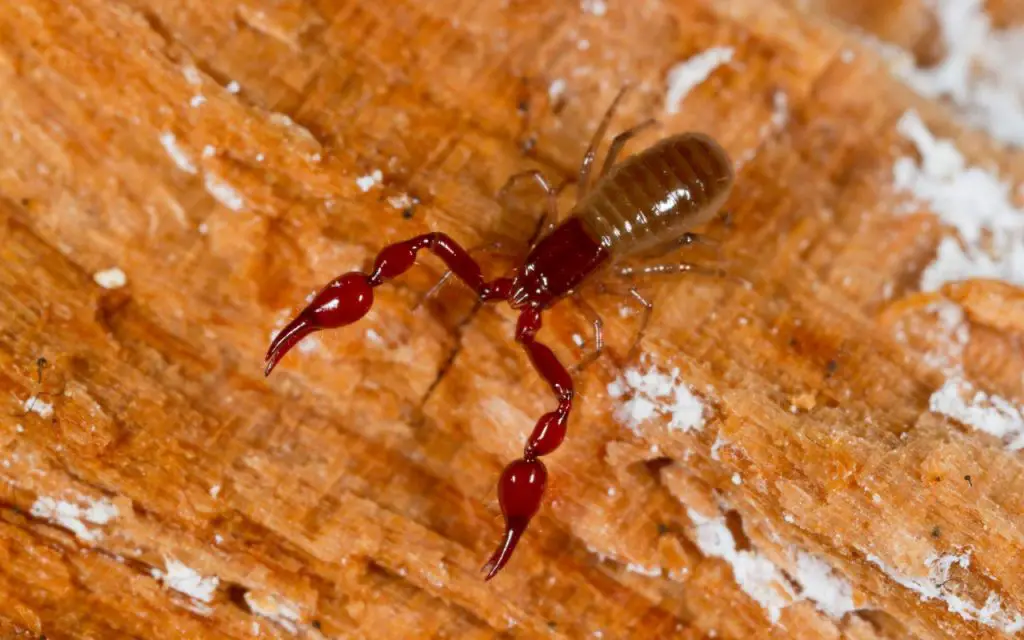
How Pseudoscorpions differ from Real Scorpions
Although they share a part of their name and some physical similarities with real scorpions, pseudoscorpions are distinctly different:
- Size: Pseudoscorpions are significantly smaller.
- Anatomy: Unlike scorpions, pseudoscorpions lack a tail and stinger.
- Habitat: Pseudoscorpions can adapt to cold climates, unlike their desert-dwelling counterparts.
- Behavior: Pseudoscorpions are non-venomous and harmless to humans.
How Pseudoscorpions differ from Ticks and Mites
Due to their small size, pseudoscorpions are often mistaken for ticks or mites. However, they can be differentiated based on a few key features:
- Legs: As arachnids, pseudoscorpions possess eight legs, while ticks and mites have six.
- Body Structure: Pseudoscorpions have a two-segmented body with prominent pincers, unlike ticks and mites.
- Behavior: Ticks are parasitic and feed on the blood of hosts, while pseudoscorpions are predatory and feed on small arthropods.
Pseudoscorpions in New York. Final Thoughts…
Pseudoscorpions are remarkable creatures that remind us of the incredible diversity of life that exists, even in the most urban of environments. They might be small, but they play a significant role in maintaining the balance of our local ecosystems.
So, the next time you spot a tiny critter scuttling across your bookshelf, take a closer look. It just might be a pseudoscorpion, quietly working to keep your home free of pests.
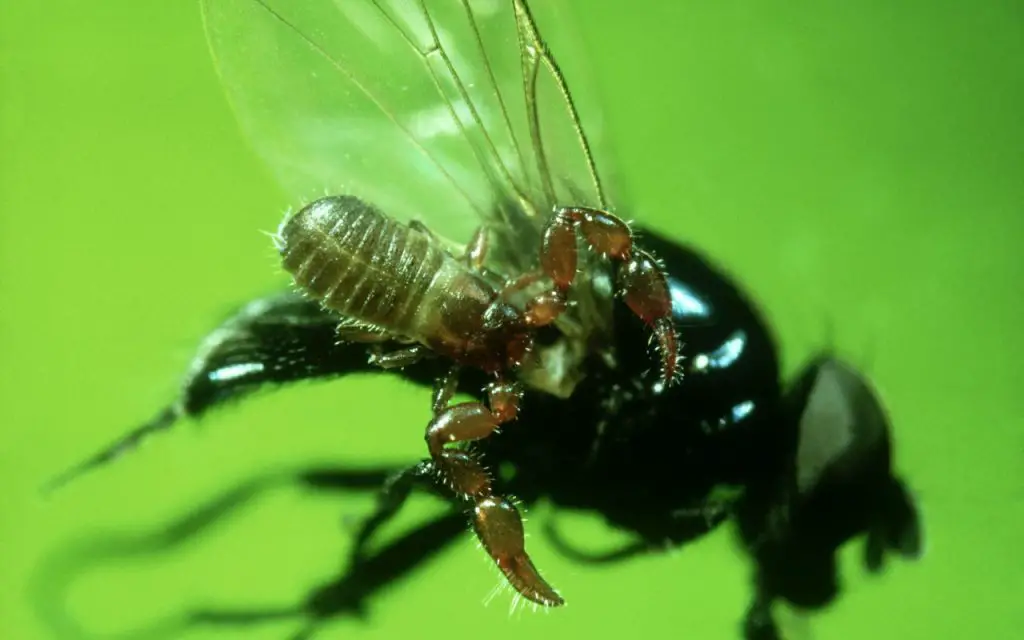
Are house pseudoscorpions harmful?
House pseudoscorpions (Chelifer cancroides) are not harmful to humans in any way. Unlike true scorpions, they do not have stinging tails, and their claws are just too small to pinch us. They are actually hugely beneficial, given that they spend most of their waking hours hunting for pests like mites and other booklice.
Why am I finding pseudoscorpions in my house?
Pseudoscorpions will enter homes looking for three things: food, warmth, and shelter. Whilst they are known to enter human habitations fairly ofen, you should be a little suspicious if you find a lot of them. This be a sign that there are pests in your home that are attracting them. The more pests, the more food for a predators, after all.
Can pseudoscorpions fly?
Pseudoscorpions do not have wings, and can’t fly on their own. They are great at hitching rides, however. If are in an area that doesn’t have enough food, they simply hop onto a bee, fly, or even bat and let it take them somewhere else. This a behavior known as phoresy. Unlike parasitism, phoresy doesn’t harm the unwitting pilot.

